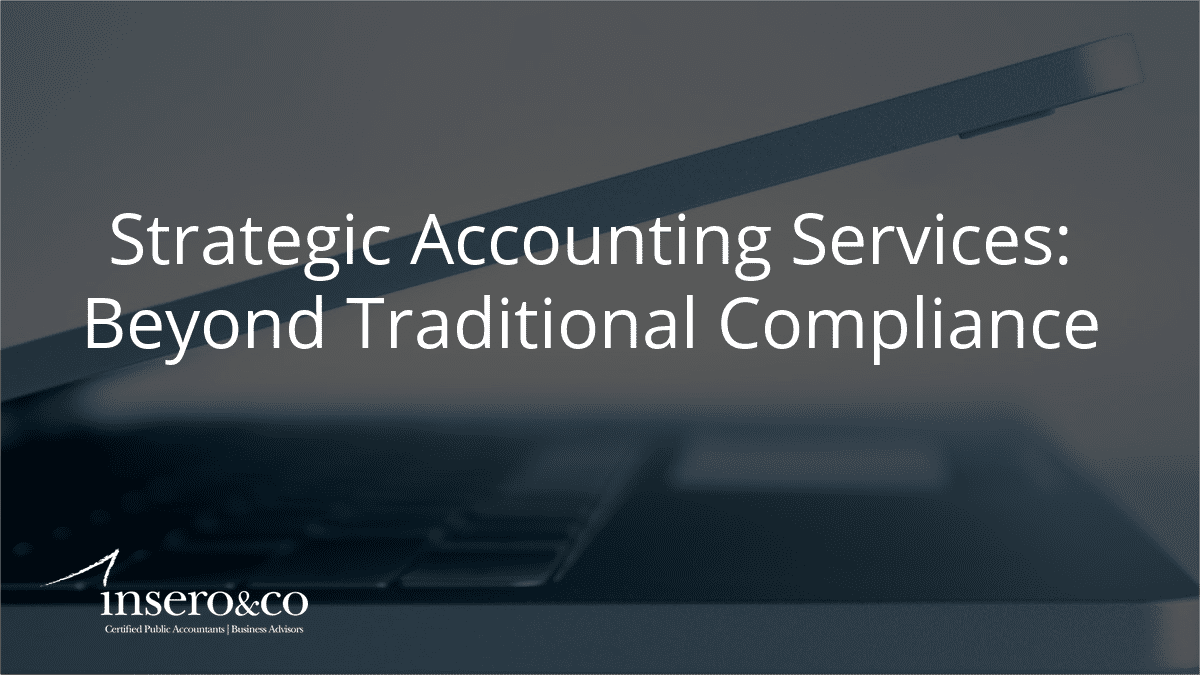Does your business have a plan for a supply chain disruption or inventory shortage?
Getting product for your business is often a challenge. This is especially true when your goods come from foreign markets. All this is made more complex with the ongoing pandemic. Here are some tips for improving and diversifying your supply chain.
- Examine current suppliers’ risk. First identify your key suppliers (often called Tier 1 suppliers). These suppliers are key to the solvency of your operation. The balance of your suppliers are Tier 2 suppliers. Identify your business’s key Tier 1 suppliers and determine their ability to meet your supply requirements. Are they able to shift production and order fulfillment to other locations? Have conversations with them to establish good relationships. Try to determine how important your business is to them. Are you a Tier 1 customer of theirs? Then discuss what steps need to be in place to handle supply chain disruptions. Then understand if there are materials that your supplier needs to fill your orders. Are they also at risk?
- Consider other sources of supply. If possible in your industry, increase the number of your raw material and other suppliers. Consider identifying and developing domestic sources. It’s critical to be able to move quickly to access additional inventory and capacity from other suppliers when necessary. Be willing to share your business with multiple suppliers. Asking for pricing information but never ordering can quickly sour your relationship.
- Update inventory policy. Many businesses have implemented just-in-time inventory practices over the past decade. This move, however, leaves many businesses without adequate inventory buffers to deal with the supply chain disruptions seen with this year’s pandemic. Your policy should discuss how to continue keeping costs minimal across your supply chain while changing the reorder points and order lead times as they change.
- Examine transportation logistics. Maybe your supplier has adequate inventory for your business but can’t physically ship it to you because of a transportation bottleneck. Port congestion, a decrease in air freight capacity and truck driver shortages are all possible in various circumstances. Find out if there are alternative means of transportation to deliver your supplies if this happens to you. While the cost of alternative transportation may be significant, paying this added cost may be worth it if it means fulfilling an important customer order.
As always, should you have any questions or concerns regarding your tax situation please feel free to contact us.
As always, we hope you find our tips and news for businesses valuable, and look forward to receiving your feedback. Companies focused on growth have sought the help of Insero & Co. for more than 40 years. During that time they have consistently experienced the peace of mind that comes from knowing their CPA firm takes the concept of integrity seriously. Should you have any questions, please contact us directly.




